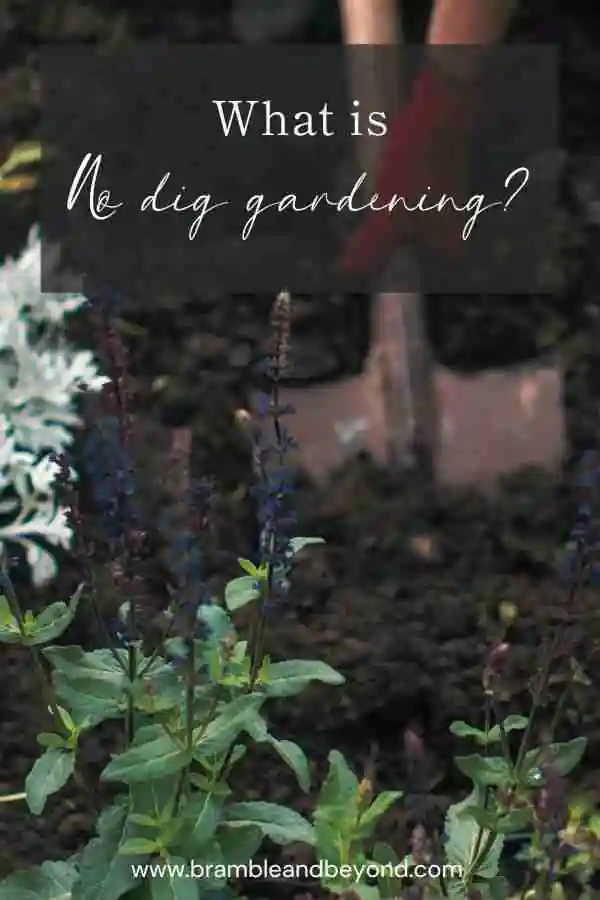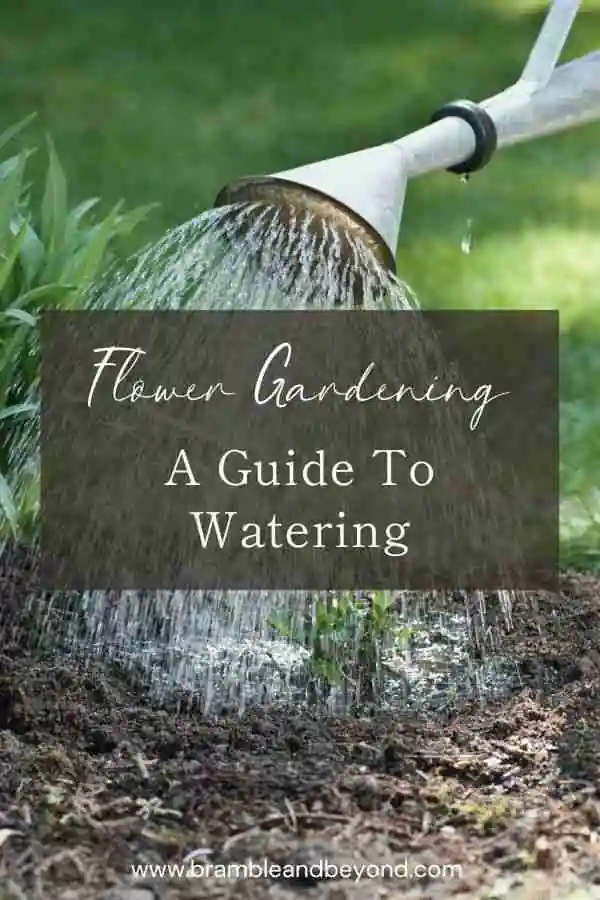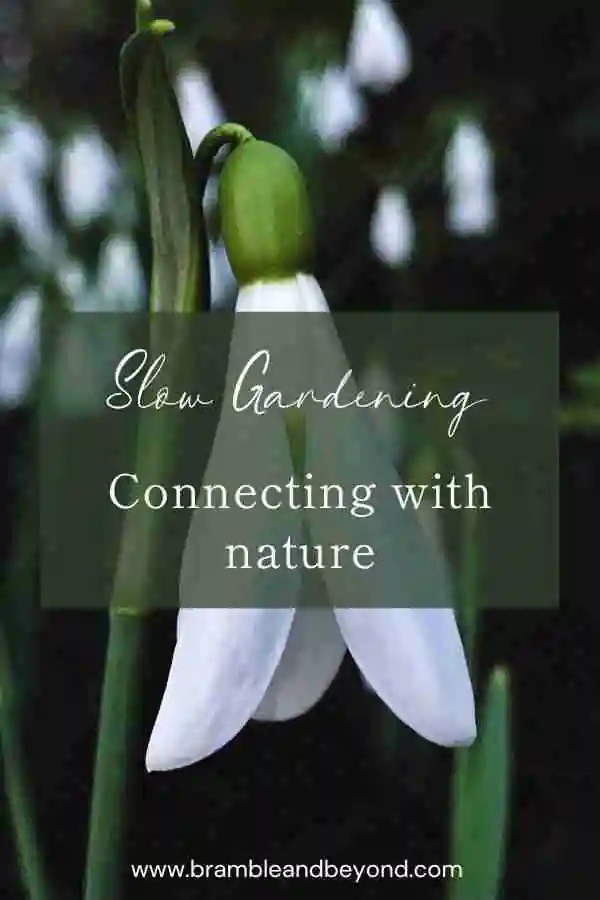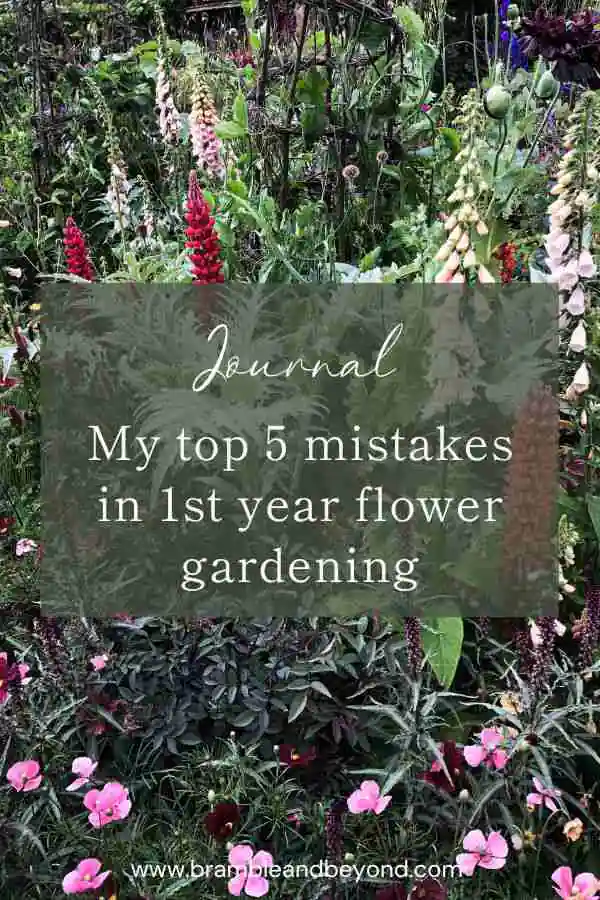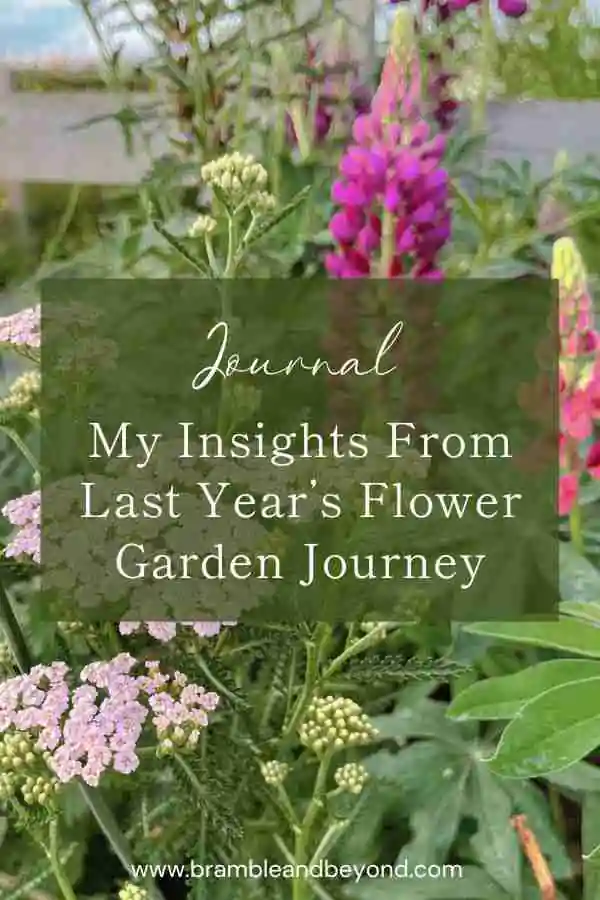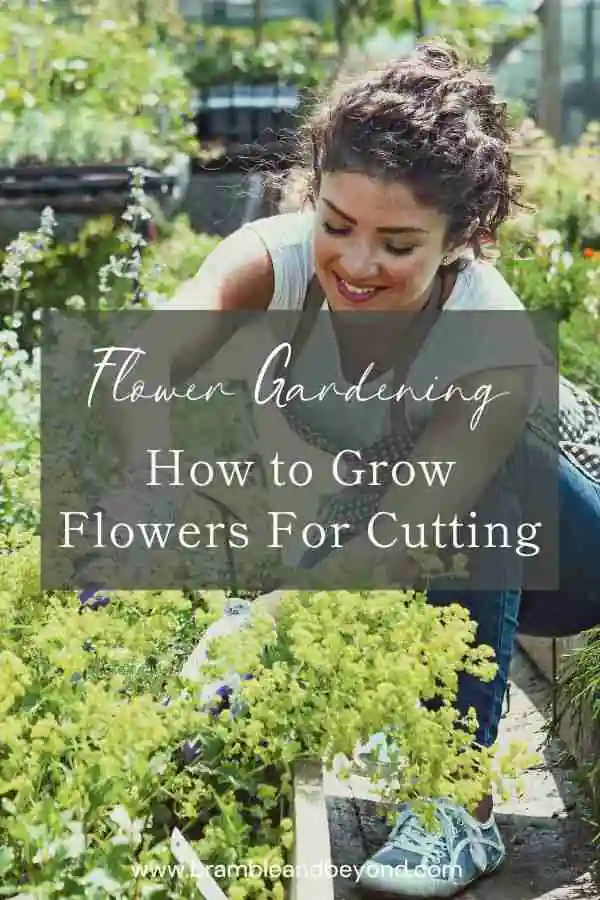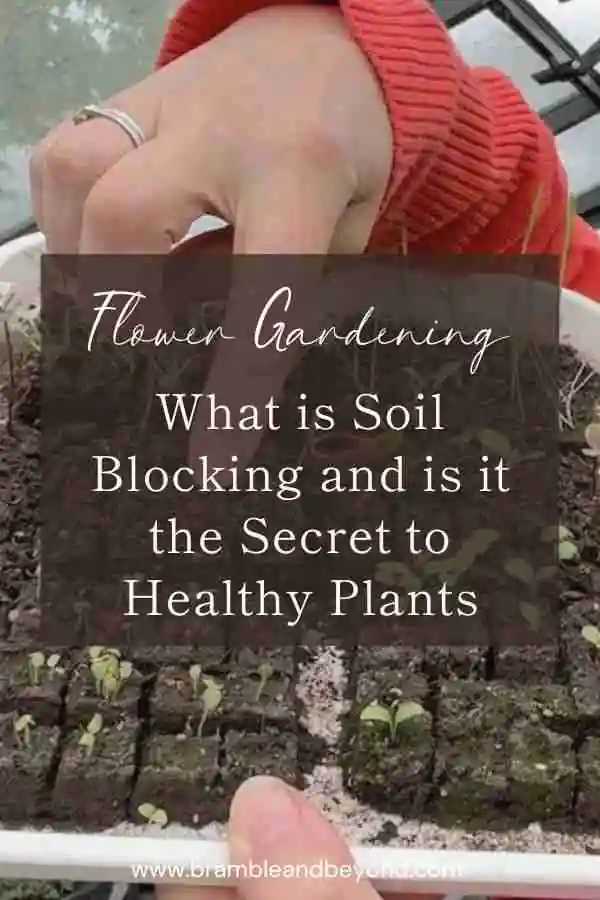Disclosure: This post may contain affiliate links, meaning I get commission if you decide to make a purchase through my links, at no cost to you. Please read my Affiliate Disclosure for more information.
When we moved here to my current garden, we were fortunate to inherit a well-established and carefully tended garden. However, as time went on and my workload became overwhelming, the original garden beds began to take on a life of their own, becoming somewhat untamed and difficult to manage. This presented a challenge when I decided to create a small cut flower patch. I didn't want to add another burden to my already busy schedule. I was searching for a solution that would be low-maintenance and fit seamlessly into my routine. That's when I discovered the amazing world of no dig gardening.
In essence, it is entirely possible to create and cultivate a stunning and productive garden without the need to dig at all. Instead of disturbing the soil, it is actually healthier to leave it undisturbed and simply add a layer of compost or mulch each year. This practice not only enhances the soil structure and fosters beneficial microorganisms, but also creates an optimal environment for plant growth.
What is no dig gardening?
Unlike traditional gardening methods, no dig gardening offers a fantastic way to garden without the hassle of digging your soil. Instead, you simply add a layer of organic matter like compost, leaves, and/or straw on top of the existing soil, usually after a starting with a layer of cardboard to suppress any weed growth. This is then added to each year with a new layer of organic matter.
This wonderful technique creates a nourishing environment for microorganisms to flourish and break down organic matter, resulting in an improved soil structure and fertility.
When it comes to the planting, you then simply place your plants into this top layer of compost without disturbing the soil underneath. For the pedantic amongst us, yes you dig a small hole to plant the plant, but as the digging is still most likely in your new compost layer, which will will also give them a nice boost of nutrients, it’s not quite the same as digging into the soil.
To find out more on the benefits of no dig gardening check this article out.
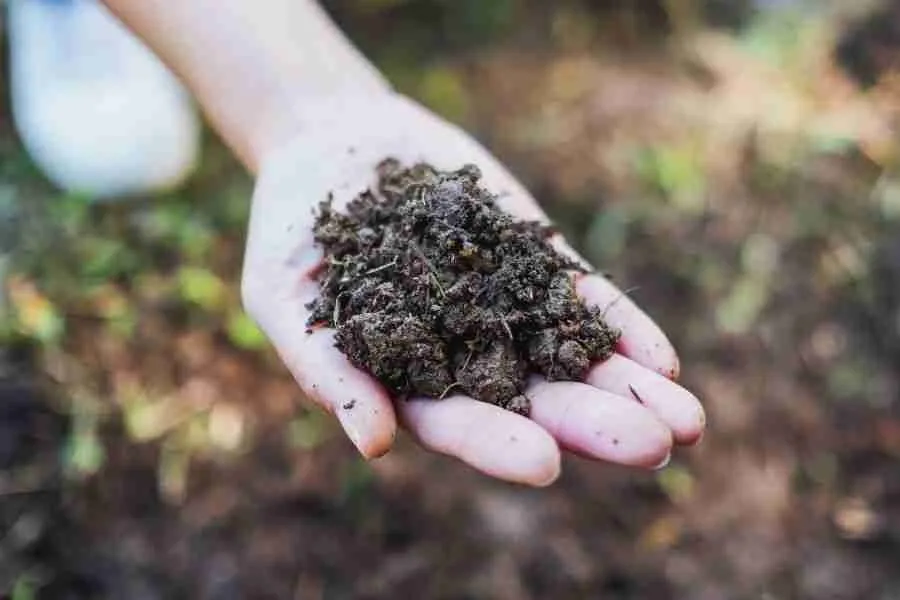
What makes no dig garden better than digging
If you're a fan of the traditional approach, the usual method to create a new garden bed is by removing the top layer of turf (if you're starting from an existing lawn) and then, at the very least, digging a trench that's as deep as a spade. Then, working row by row, you turn the soil from the adjacent trench into the previous one, and so on, until the entire area has been thoroughly dug over. And then, year after year, you repeat the process. Let me tell you, it's exhausting!
Digging is exhausting work and can harm the soil.
Now some of you may relish the benefits of all this exercise in gardening, but there are plenty of other gardening jobs that can help you burn calories or clear your mind that would be more beneficial – anyone want to turn my compost heap?
When we dig into our garden beds, we not only disturb the structure of the soil but also damage the intricate network of microorganisms that call the soil their home. These microorganisms play a vital role in maintaining a healthy soil environment for all plants. They break down organic matter, recycle nutrients, and keep harmful pests and diseases in check.
Disturbing the soil upsets this delicate balance, and the beneficial microorganisms have to start growing from scratch, which can take weeks or even months. By avoiding soil disturbance, we can preserve the network of microorganisms and create a healthier ecosystem for our plants.
No dig gardening relies on the following three key principles:
1. Undisturbed earth increases the ability to grow microorganisms.
Soil is naturally structured to support plant growth and provides a habitat for a wide range of organisms that contribute to the well-being of plants. These helpful organisms include fungi, nematodes, and earthworms.
When we dig the soil, we disrupt this intricate network of microorganisms, which diminishes the soil's capacity to nurture plants effectively. On the other hand, by leaving the soil undisturbed, we create an environment where these organisms can thrive and fulfil their vital roles.
By refraining from digging, tilling, or forking your soil, you allow it to regenerate and foster the growth of beneficial fungi and a stable soil structure. This approach enables you to build upon the progress made and continue to improve your soil health.
2. The microorganisms feed on the organic matter.
Fungi play a crucial role in the soil ecosystem by breaking down the organic material, which helps nutrients become available for plant growth.
Additionally, they can form a special relationship with plant roots called mycorrhizae, where fungi and plant roots benefit each other. The fungi take sugars from plants, while the mycorrhizae enlarge the area where plants can search for water and food.
Digging the soil damages and disrupts the mycelium (a mass of fungal branches that spread through the soil), so stops the fungi from carrying out these critical jobs.
3. Healthy plants can extract their food better.
A top layer of organic material in your garden is like a quick snack for the incredible soil organisms that work tirelessly beneath the surface. It's like giving them a burst of energy, making them even more active. And you know what happens when our soil organisms are happy and thriving? Our soil structure gets a major boost!
When we add an organic layer on top, it's like a magical transformation takes place. The soil ultimately becomes more crumbly and loose, due to the hard work of the microorganisms, creating the perfect environment for plant roots to explore and grow. In a good soil structure the plants can effortlessly reach out and feast on the nutrients they need for their healthy development.
It's truly amazing how this simple practice of adding organic matter can have such a profound impact on your garden. It's like giving your plants the VIP spa treatment, ensuring they have everything they need to thrive.
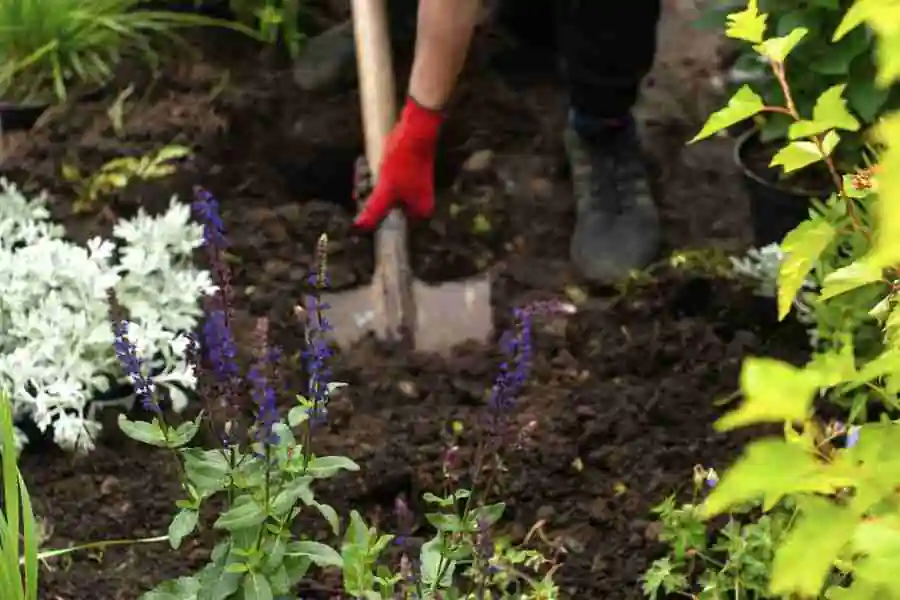
A revolution in sustainable flower gardening
The slow flower gardening movement has happily embraced the practice of no dig gardening. You only need visit the Flowers From the Farm website and see how many UK flower growers there are who are happily using no dig methods. It has become extremely popular!
No dig gardening creates a wonderful relationship between what you grow and the soil it grows in. Especially when all of the floral waste, from growing and arranging flowers, is added to a compost heap. The resulting compost is then returned to the soil as a new layer once the flower growing is complete. This cycle ensures that the nutrients that the plants take from the soil are replenished when the compost is added.
No dig gardening is not just a gardening technique; it's a philosophy that embraces sustainability, biodiversity, and the beauty of nature.
Unknown
Hopefully, I have managed to convey the importance of no dig gardening and its ability to enhance soil health and plant growth. It also goes hand in hand with slow gardening approach. By avoiding soil disruption and preserving the delicate balance of microorganisms, we can create a thriving and sustainable garden. As the saying goes, “Why dig when you can grow?”. Join me in the no dig gardening revolution and experience the joy of nurturing a beautiful and sustainable garden.
Check out this article if you want to find out how to start an no dig garden bed and if you want to discover more in depth details about no dig then visit the website of the godfather of no dig Charles Dowding.

